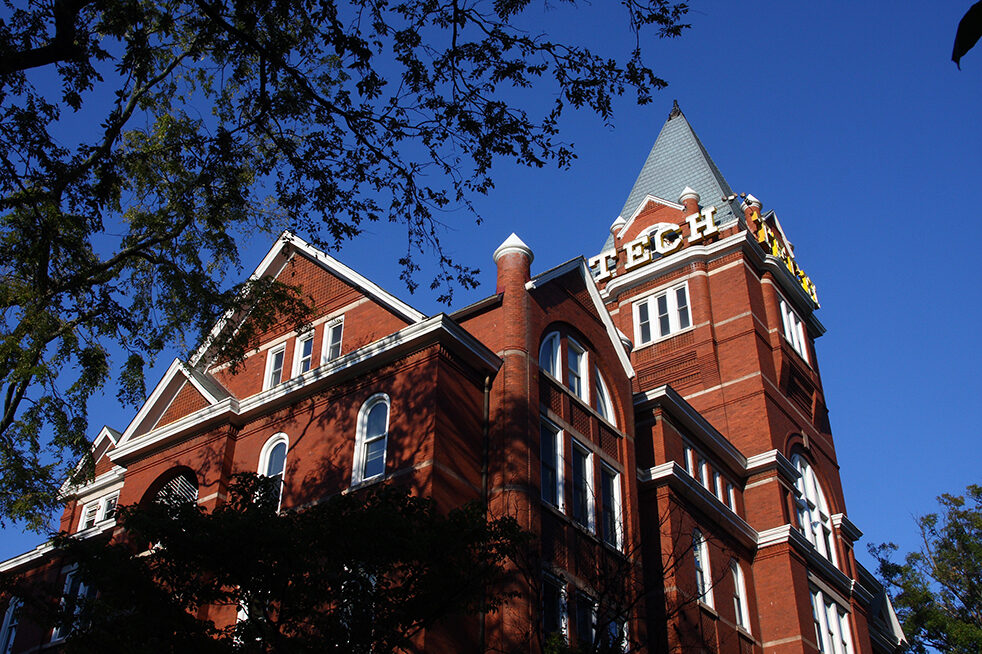I come from the greater Boston area. We lived one hour outside of the city, and before the Covid-19 pandemic, my mom would have to take the commuter train every morning to get to her job downtown.
In the snow and in the cold, she would have to walk a quarter mile to the train station and wait for the train.
Because she is responsible or, more accurately, because she didn’t want to lose her job, she would leave 30 minutes early to catch the earlier train.
In case the train was delayed or canceled, which happened a lot in snowy conditions, she would still get to work on time.
She would leave an additional 20 minutes early to catch the first train in the event it was running ahead of schedule.
Therefore, out of a reasonable amount of caution, my mom would often spend 30 minutes to an hour standing in the blistering cold at the unenclosed train station because she could not rely on the consistency of the train.
Then one day, the Boston Commuter Rail fell under new management and the trains started to run more consistently. She stopped going for the earlier train. And she only left 10 minutes early, still being a bit cautious.
The people who use public transportation recognize its inefficiencies and compensate for them with extra time and stress. The train can be late; we are expected to be on time, sometimes at the penalty of our professional standings.
From the student experience, it’s safe to say the Tech shuttles that go off campus, including the Green and Gold routes, are, at best, difficult to predict and, at worst, confusing.
While the shuttles have provided time tables online outlining their varying frequencies at different times of the day, sometimes the multiple buses on a route will bunch together, meaning there will be peak times with large gaps in bus frequency.
The real problem for the shuttles comes when you factor in buses that are early, sit still for five to 10 minutes at a stop or frequently don’t showup on TransLoc.
Many students see the frustration of using the shuttles as little more convenient than walking 25 minutes to their class.
The stop-and-go, walkabout nature of a typical student’s day means they probably come to campus at different times every day, sometimes multiple times a day.
Already overwhelmed with multiple responsibilities and rushing to meet deadlines, students could do without the added mental strain of dedicating an hour or more to a simple commute to campus.
Walking as an alternative is not always feasible either, especially for those with accessibility needs.
Students who do choose to walk must make additional considerations for the weather and time of day, which are not always friendly.
A consistent shuttle route that runs throughout the day is definitely needed.
What’s also needed is more clarity on the TransLoc app. The route timetables are online, but not on the app.
The app does not tell you how many buses are currently servicing a route, so students can’t notice when a bus simply isn’t transmitting its location. Further, the app does not tell you if, and for how long, a bus will be idle at a particular stop.
It’s great that Tech has such an extensive shuttle network servicing its campus area.
It’s great that they provide an app with live tracking data for the buses.
The addition of electric buses to the fleet and new routes to the network are appreciated.
However, there is room for improvement. Right now, if a shuttle is coming, I’ll take it. If not, I’ll walk.
But if the shuttles were a robust, reliable form of transportation, they could really be a force for bringing the campus community closer together, making the employees and students at Tech more mobile and versatile.
